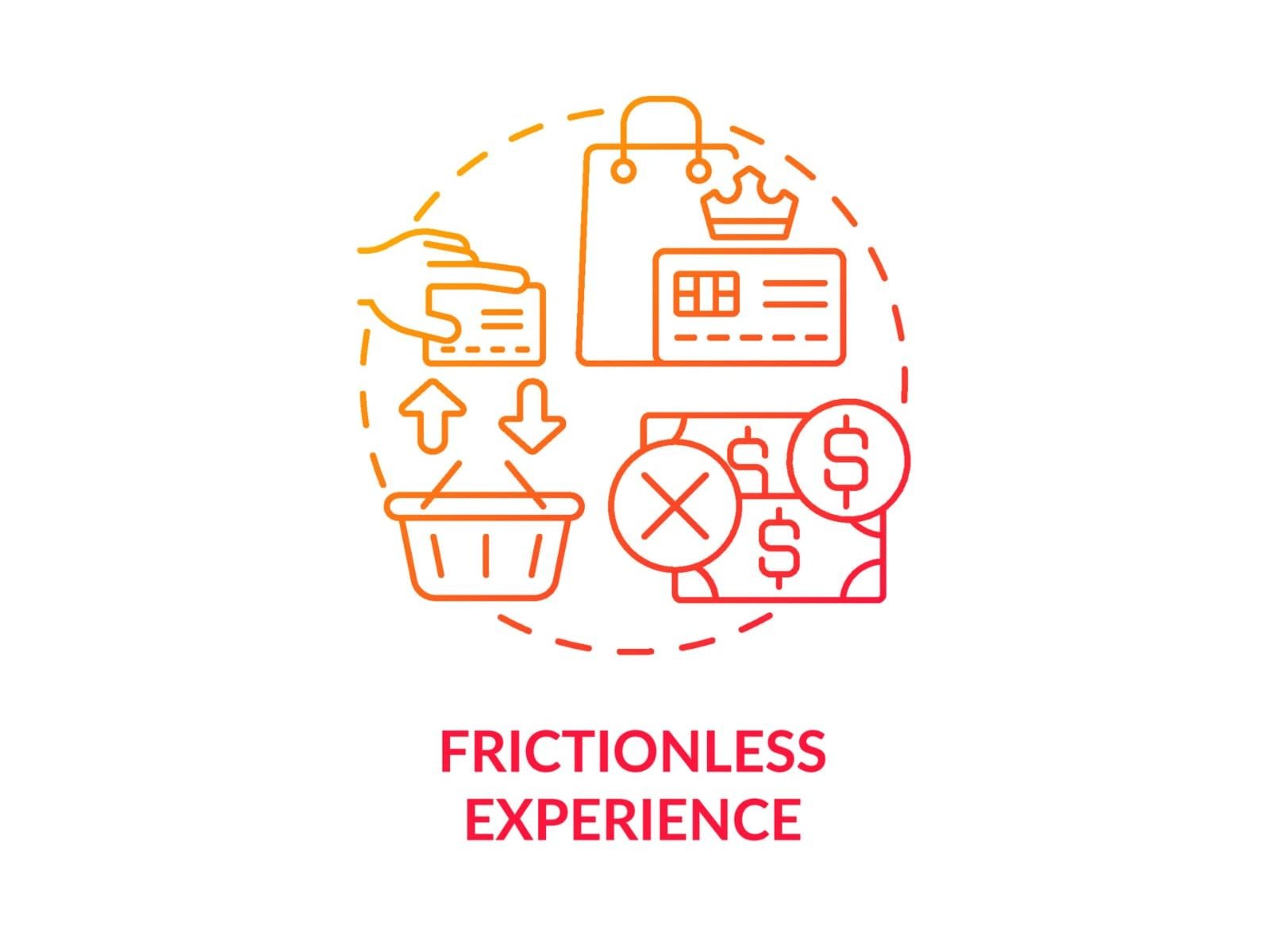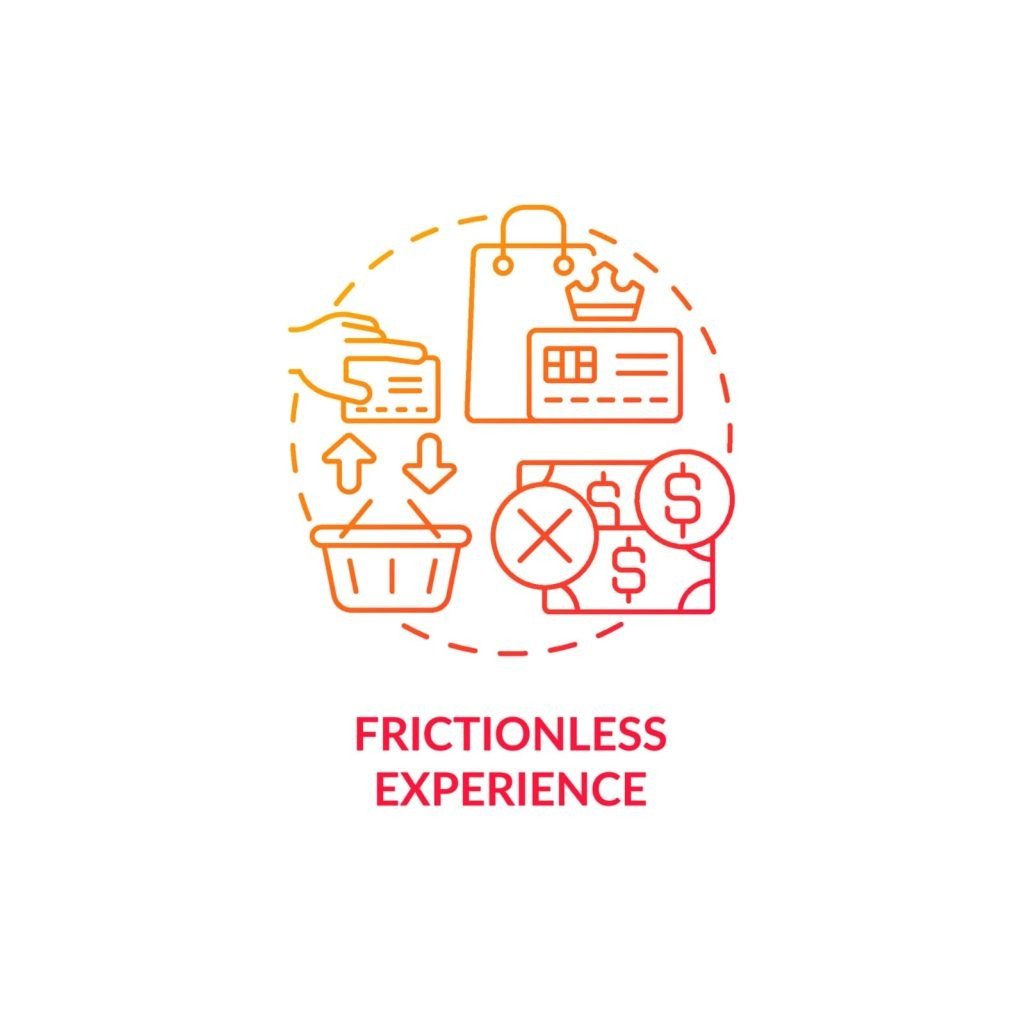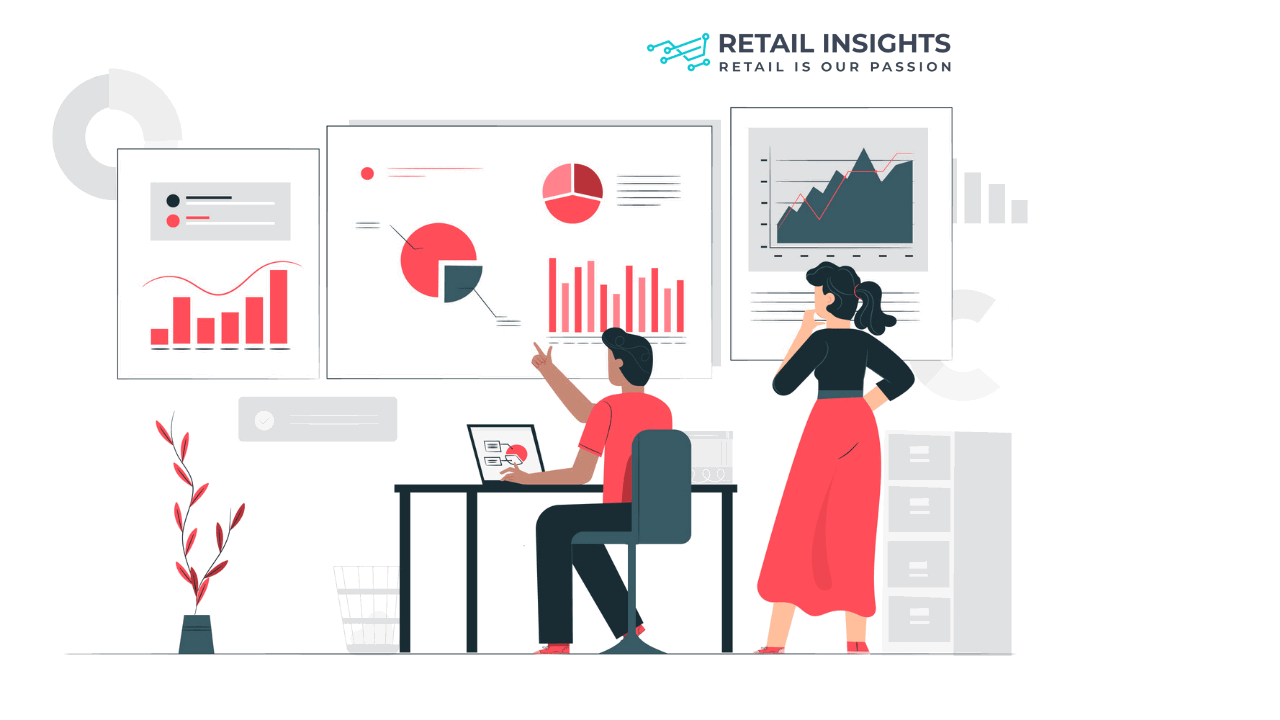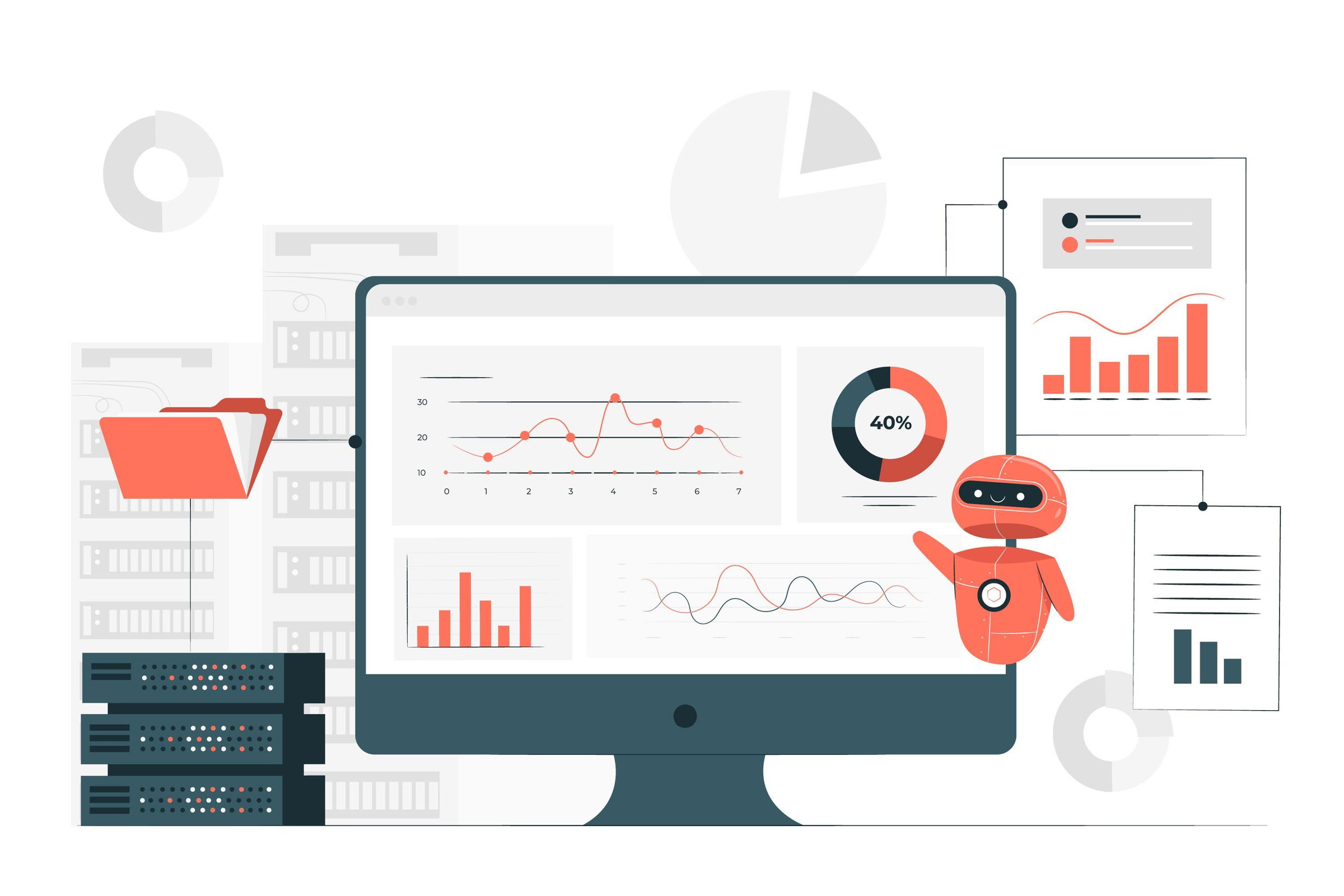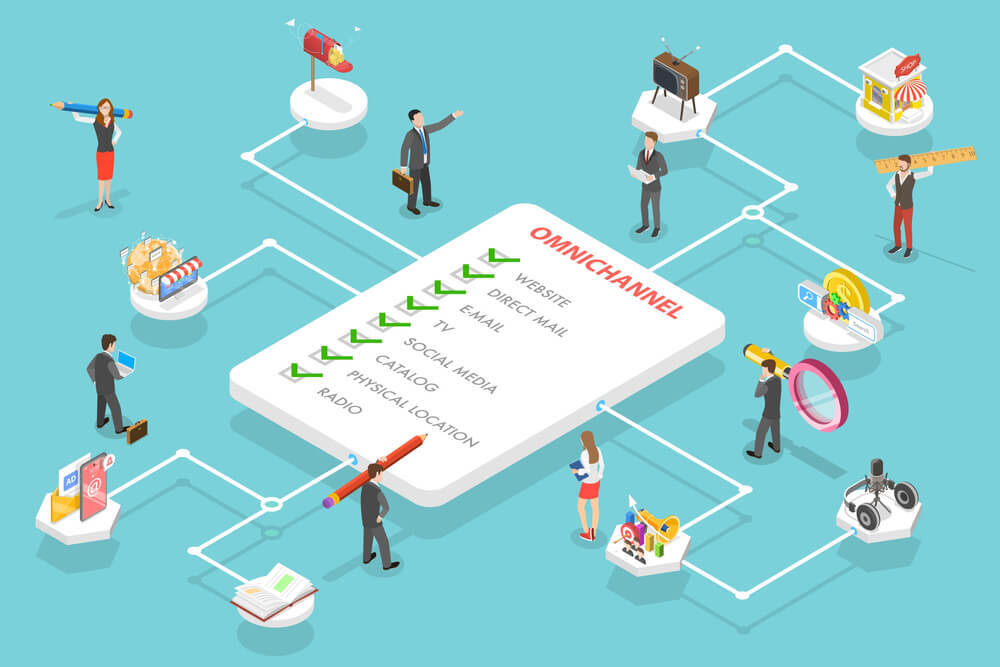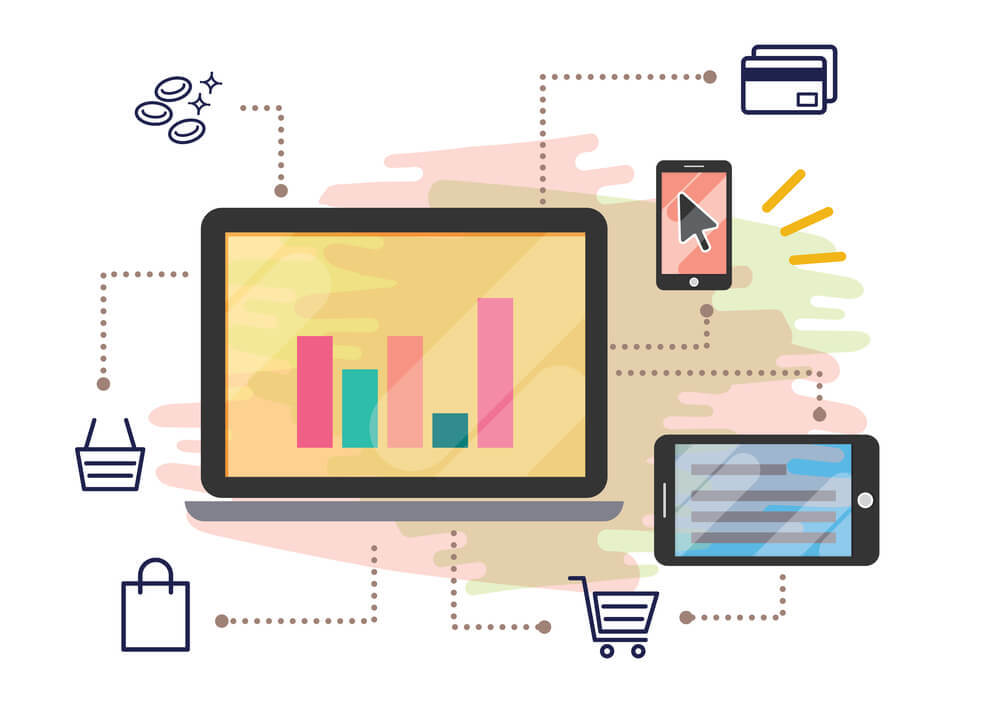Empowering Frictionless Commerce Solutions
In today’s fast-paced digital era, retailers are constantly seeking innovative ways to stay ahead of the competition. With the abundance of data available, harnessing its power has become crucial for driving business growth and improving customer experiences. Data services, including data ingestion, ETL (Extract, Transform, Load), warehouse management, stream computing, machine learning (ML), scalability, reduced latencies, data governance, and accuracy, are instrumental in unlocking valuable insights. In this blog post, we will explore how Retail Insights, a leading global omnichannel technology company, leverages advanced data services to deliver transformative solutions for its clients.

Empowering Algorthirmic Commerce Solutions
Retail Insights, your partner for advanced commerce solutions, is an award-winning global omnichannel technology company. Their extensive range of core services, including omnichannel commerce implementations, algorithmic merchandising platform-led implementations, and connected data conversion optimization (CRO), enables retailers to unlock the true potential of their data.
Data Ingestion: Gathering Actionable Insights
Effective data ingestion forms the foundation of any successful data strategy. Retail Insights excels in leveraging robust data ingestion techniques to collect and process data from various sources such as online and offline sales, customer interactions, and marketing campaigns. By consolidating and standardizing data, retailers gain a holistic view of their operations, allowing them to make data-driven decisions with confidence.
ETL and Data Warehousing: Transforming Raw Data into Business Intelligence
Extract, Transform, and Load (ETL) processes and data warehousing play a vital role in transforming raw data into valuable business intelligence. Retail Insights employs state-of-the-art ETL methodologies to cleanse, validate, and enrich data, ensuring accuracy and consistency. Leveraging efficient data warehousing techniques, Retail Insights creates scalable and secure environments where retailers can store and access their data seamlessly. This enables businesses to drive data analytics, generate actionable insights, and improve overall operational efficiency.
Stream Computing and ML: Real-time Insights for Agile Decision-Making
The ability to process data in real time is paramount in today’s dynamic retail landscape. Retail Insights leverages stream computing technologies to analyze data as it flows, enabling real-time insights and faster decision-making. By incorporating machine learning algorithms, Retail Insights helps retailers identify patterns, predict customer behavior, optimize pricing, and personalize marketing efforts. These advanced capabilities empower retailers to stay agile and respond swiftly to market demands, enhancing customer satisfaction and driving revenue growth.
Scalability and Reduced Latencies: Meeting Growing Business Needs
As retailers expand their operations and handle ever-increasing volumes of data, scalability becomes critical. Retail Insights understands the importance of scalable data services and offers solutions that seamlessly grow alongside their clients’ businesses. By leveraging cloud-based architectures and distributed processing frameworks, Retail Insights ensures that data services can handle the growing demands of retailers while maintaining reduced latencies. This enables businesses to scale their operations without compromising on performance or customer experience.
Data Governance and Accuracy: Trustworthy Insights for Informed Decisions
Maintaining data accuracy and ensuring regulatory compliance is paramount in today’s data-driven world. Retail Insights recognizes the significance of data governance and implements robust frameworks to ensure data quality, privacy, and security. By establishing data governance practices, including data cataloging, metadata management, and data lineage tracking, Retail Insights ensures that retailers can trust the insights generated from their data. This instills confidence in decision-making processes and enables retailers to meet regulatory requirements effectively.
Case Study: Retail Insights Empowers ABC Retailers
To illustrate the transformative impact of Retail Insights’ data services, let’s consider a fictitious case study involving ABC Retailers. As a well-established fashion brand, ABC Retailers aimed to enhance their online presence and improve customer experiences. By partnering with Retail Insights, ABC Retailers underwent a comprehensive data services transformation.
Retail Insights implemented a robust data ingestion strategy, allowing ABC Retailers to capture and analyze data from multiple touchpoints, including their online store, social media platforms, and loyalty programs. Through efficient ETL processes and data warehousing, Retail Insights transformed raw data into actionable insights, enabling ABC Retailers to personalize marketing campaigns and optimize inventory management.
Leveraging stream computing and machine learning, Retail Insights provided ABC Retailers with real-time insights on customer preferences, enabling personalized recommendations and dynamic pricing. The scalability of Retail Insights’ data services ensured that ABC Retailers could seamlessly handle peak shopping periods without compromising on performance or customer satisfaction.
Furthermore, Retail Insights implemented stringent data governance practices, ensuring that ABC Retailers could trust the accuracy and security of their data. This enabled ABC Retailers to make informed decisions, comply with privacy regulations, and build customer trust.
Conclusion
In today’s data-driven retail landscape, advanced data services are indispensable for driving business growth and enhancing customer experiences. Retail Insights, as a trusted partner, offers a comprehensive suite of data services, including data ingestion, ETL, warehouse management, stream computing, ML, scalability, reduced latencies, data governance, and accuracy. By leveraging these advanced data services, Retail Insights empowers retailers to unlock the true potential of their data, make data-driven decisions, and stay ahead in the competitive market. Partner with Retail Insights today to accelerate your retail success through advanced data services.



